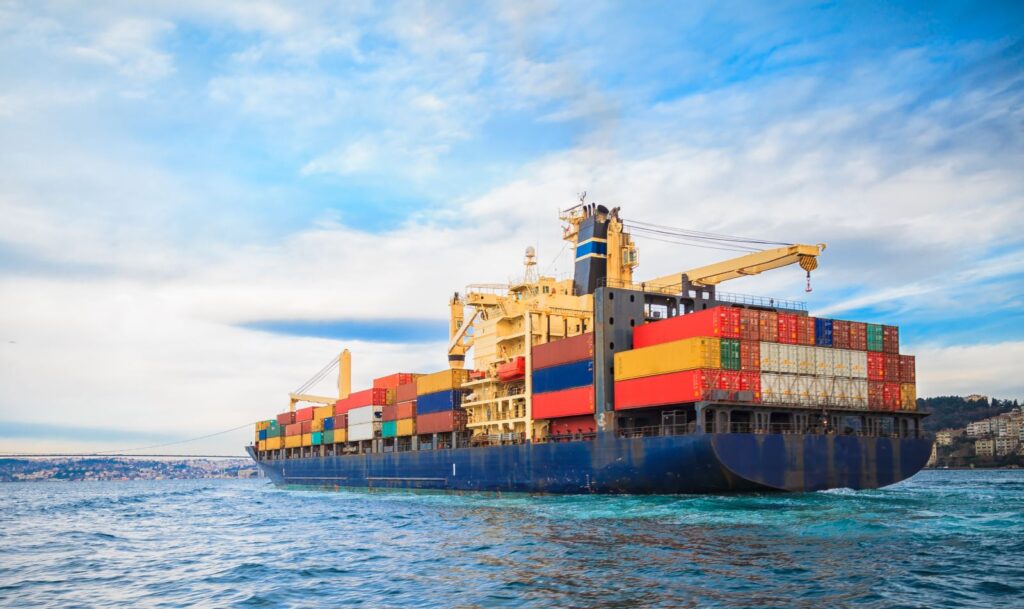GST on low value imports to Australia

From 1 July 2018 Australian goods and services tax (GST) will apply to sales of low value goods imported by consumers into Australia.
There is currently a GST threshold exemption of AUD$1,000 that applies to purchases of imported goods by consumers in Australia. This is mainly because the cost of collecting GST on imported goods costing AUD$1,000 or less (i.e. low value goods) would far exceed the amount of GST collected on such small purchases from overseas.
The low value goods exemption has led to a large increase in online purchases from offshore-based suppliers to the detriment of local Australian retailers.
New GST position from 1 July 2018
From 1 July 2018, overseas vendors, electronic distribution platforms and goods forwarders with a GST turnover of AUD $75,000 or more (calculation of turnover is limited to Australian sales only), will have to account for GST on sales of low value goods to consumers in Australia.
The 10% GST impost on low value goods will only apply to supplies made to Australian consumers (e.g. purchasers not registered for GST or GST-registered purchasers that acquired such low value goods solely for private purposes).
The Government’s intention is to ensure that low value goods imported by consumers will face equivalent GST treatment to goods that are bought locally.
How will these low value import changes work?
Rather than lower the threshold, the Government has simply decided to remove the threshold altogether, meaning all goods supplied by offshore vendors to non-registered consumers will be subject to GST (i.e. consumers that purchase such low-value goods from overseas will pay 10% more for these goods than they do currently).
There is, however, uncertainty as to the best way to collect and remit the GST on such transactions. Under the proposed vendor registration model, the overseas seller or overseas operator of an electronic distribution platform system (e.g. Amazon or eBay), will have to register for GST – a potentially unworkable solution from an enforcement perspective.
For more information, contact:
Stephen Rogers or Roelof van der Merwe
E: srogers@nexiasydney.com.au
T: +61 2 8264 0600
E: rvandermerwe@nexiaaustralia.com.au
T: +61 3 8613 8875
W: www.nexia.com.au
Share:
